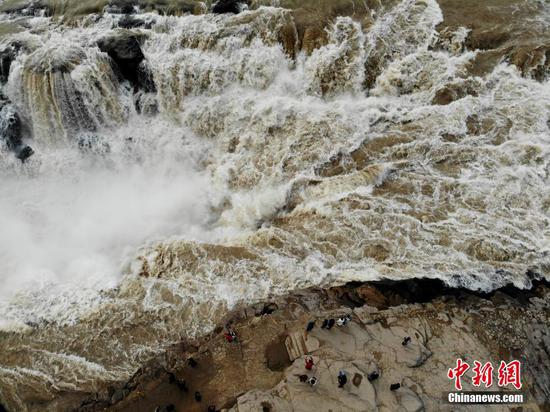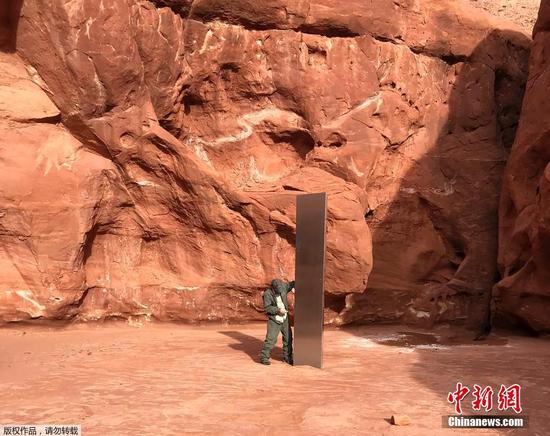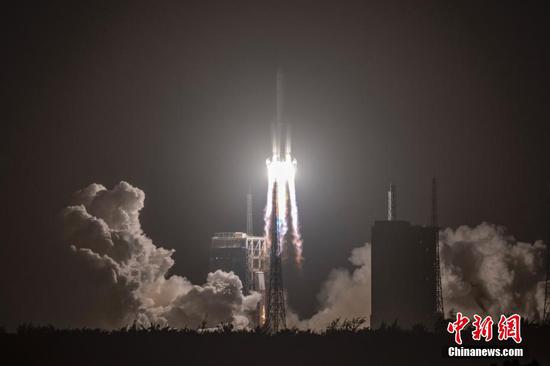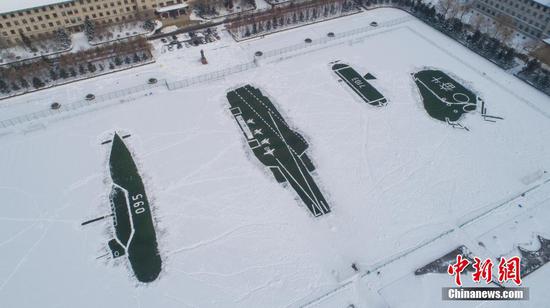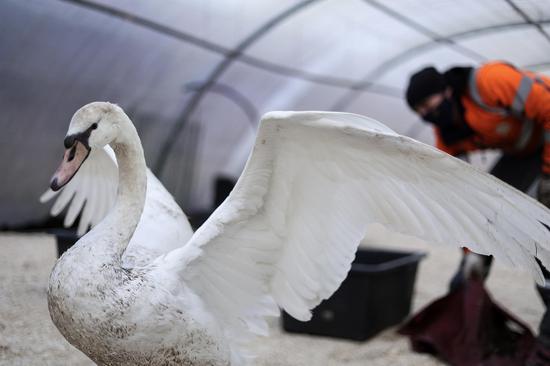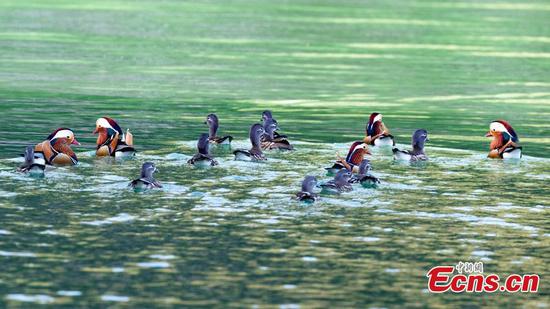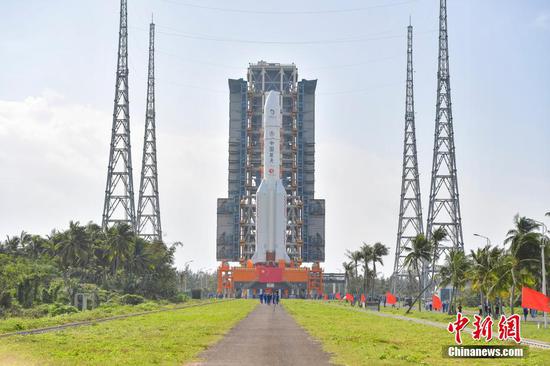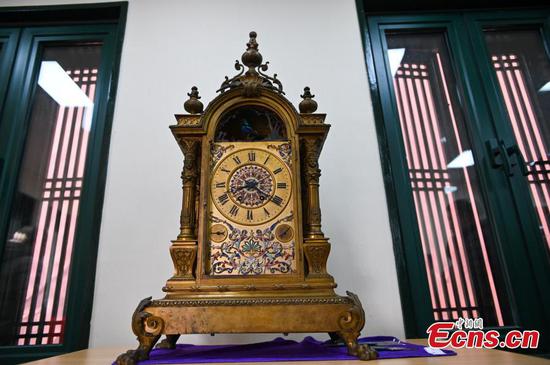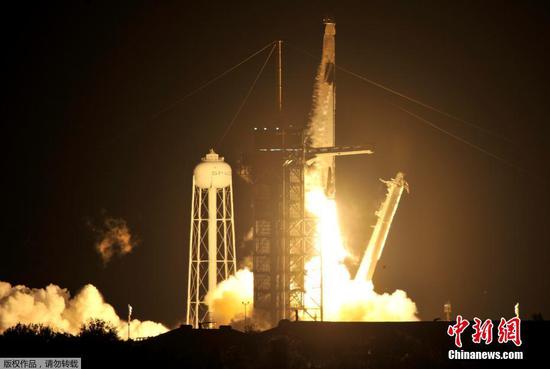While the lunar quest of Chang'e 5 has just begun, engineers have already mapped out the schedules for China's future moon missions.
According to mission planners at the China National Space Administration, Chang'e 6 is scheduled to be launched around 2023. Its mission is to land at the moon's south pole and bring back rock and soil samples. Chang'e 7 is set to conduct a thorough investigation of the lunar south pole in 2024. Chang'e 8 will be tasked with testing and verifying cutting-edge technologies that may be applied in future moon expeditions, including a possible lunar outpost.
The exact launch date and landing site of the Chang'e 6 mission will be determined by the results of the Chang'e 5 mission, said Liu Jizhong, head of the administration's lunar program.
Like its predecessor, Chang'e 6 will consist of four components-orbiter, lander, ascender and re-entry module.
In addition to its own mission payloads, the administration will provide 20 kilograms of storage onboard Chang'e 6 to hold scientific apparatus from domestic and foreign institutes as well as Chinese private enterprises. The spacecraft's orbiter will carry 10 kg of such devices, and the other 10 kg will be mounted on the lander, Liu said.
By comparison, Chang'e 7 will consist of an orbiter, a relay satellite, a lander, a rover and a flyby craft, according to a mission plan published on the website of China's lunar exploration program.
The rover, which will become the nation's third vehicle on the moon, will carry a lunar penetrating radar, a lunar surface magnetometer and a Raman spectrometer.
Pang Zhihao, a former researcher at the China Academy of Space Technology and a space science author, said Chang'e 6 and 7 would focus on the moon's south pole because previous missions have found traces of "water ice" at the lunar poles.
"The next missions can further investigate the existence of water, which can be used to support manned scientific expeditions to those regions in the future," he said.
"The south pole is also characterized by its long period of sunlight coverage that can sustain a probe's extended operations."
Such missions can also help scientists determine whether the moon's polar regions can support permanent scientific outposts, Pang added.
China's space authorities have a long-term plan to land astronauts on the moon and set up at least one scientific station there. They hope to use the manned missions to carry out scientific surveys and technological research, explore ways to develop lunar resources and strengthen the nation's space capabilities.
Zhou Yanfei, deputy chief designer of China's manned space program, said in September that the country has the capacity to independently land astronauts on the moon because of its technologies, well-trained, innovative professionals and efficient research and management systems.
He said planners, designers and engineers are doing feasibility studies and discussing all aspects of the manned lunar program.









